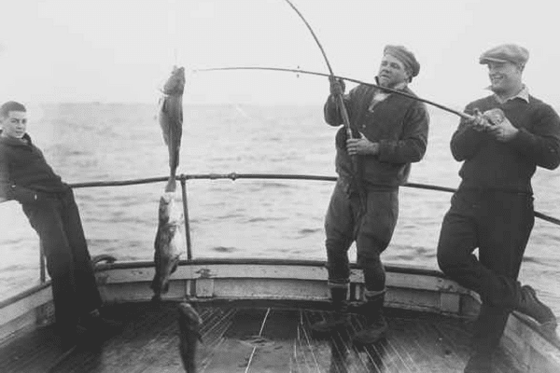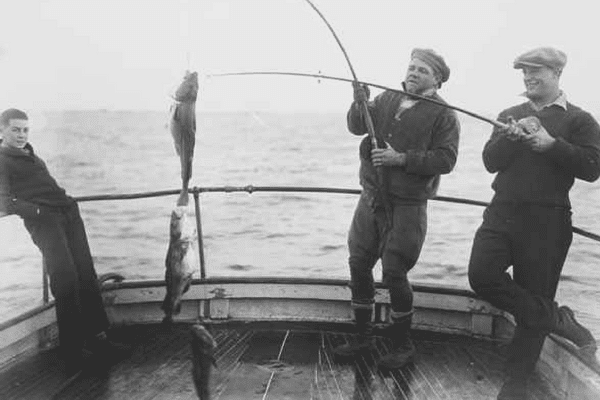


How to Perfect Inbound Lead Conversion without Lifting a Finger




With the impending change to EU data regulations, everybody is turning to inbound lead conversion to drive their sales process. That should be a good thing right? Less of those pesky cold calls, and more companies selling products and services to people who actually want them.
Unfortunately, this trend has also given rise to numerous companies who will acquire leads with questionable opt-ins. These will then be dumped into a database with little concern over quality, and they’ll have the cheek to call it lead generation.
What is inbound lead conversion anyway?
We discovered a long time ago that pumping low quality leads into a sales team only results in missed targets, terrible sales figures and poor staff retention.
Hopefully by now we’ve convinced you that growth marketing is the way to generate worthwhile inbound leads, but it doesn’t stop there. Even good leads won’t give you a perfect inbound lead conversion rate (we’re working on that). However, nurturing them in the right way and having your sales team focus on the best leads first will nudge you closer to that 100%.
You’re probably already doing the basics, sending a thank you email when a lead comes in, signing up prospects to your newsletter and perhaps even following up with an SMS. That’s awesome, but now you need to be using automated lead nurturing workflows to take your lead conversion process to the next level.
Using a marketing automation platform such as HubSpot allows you to communicate with prospective customers at the right time, on multiple channels, right up to the point of sale. This, all without lifting a finger (have we mentioned we’re a HubSpot Gold Partner? Other marketing automation platforms are available, probably).
This will mean more leads in your pipeline, and very happy sales people who know that every lead is worth calling. So how do you set up an inbound lead conversion process?

Automating lead nurturing workflows
There is a big difference between someone who has just subscribed to your blog and someone who has filled out a form on your landing page after clicking on your Google PPC advert. Namely, one of them cares about you a lot, the other probably won’t even reply to your text, or WhatsApp message, or Facebook friend request. However, with the right nurturing workflows and lead conversion optimisation in place, both leads can end up as sales.
For example, one of the techniques we use here at Six & Flow revolves around case studies. We write great content on our client success stories, and share it with people who have shown an interest in us. If they don’t react, we’ll automatically send them a follow-up email a week later with a different case study that might be more appealing to them.
Our automated workflows in HubSpot decides what to send to leads based on what blogs they have been looking at. This means our content matches their interests, and increases the likelihood of them paying attention.
Then, when a lead does interact with one of the case studies, HubSpot notifies us by email and sends an SMS to the prospective client to let them know we’ll be in touch.
At this point, we know the lead is interested in us as a company, we know which of our services they are interested in, and most importantly, they know we will be calling, As a result, they are more likely to pick up.
Thanks to automated workflows, all of this happens with minimal intervention from our team. Our inbound lead conversion largely takes care of itself.
Scoring for lead conversion optimisation
Before even reaching that point we will validate their email address and perform a live-line check on their phone number. The results of all these checks, combined with the level of engagement and interaction we see from a potential customer, trigger our automated lead scoring process.
Here’s how that works on a basic level (there’s more to it, but we can talk about that later).
Different methods of lead interaction score different points. For instance, a website enquiry will score more points than a Facebook lead generation card completion. Multiple blog visits mean more points. An opened email equals more points, a clicked email even more, whilst a bounced email or unsubscribe request knocks some points off. A successful live-line check adds a few points, but a failure means a massive reduction.
All of those points make up a lead score. Using this, we know which leads are likely to be of the highest quality. We usually won’t make direct personal contact with a lead until they hit a certain points threshold. For our clients, this allows us to (automatically) cherry-pick worthwhile leads to send through to them, while we nurture other leads to a better quality. It’s kind of like a quiz show for leads. We let our robot Anne Robinson filter out all the weakest links and only speak to the winners at the end.
There are very few leads we’ll give up on entirely, because we believe in our lead conversion optimisation process. The wealth of information provided to us by HubSpot (and a few other select analytics tools) allows us to paint a perfect picture of a lead without lifting a finger. When we finally do use our digits, we know we’re likely to get through to a person who is interested in our service . Best of all, we know we’re not being a nuisance.
Inbound lead conversion is sounding pretty good now, right?







